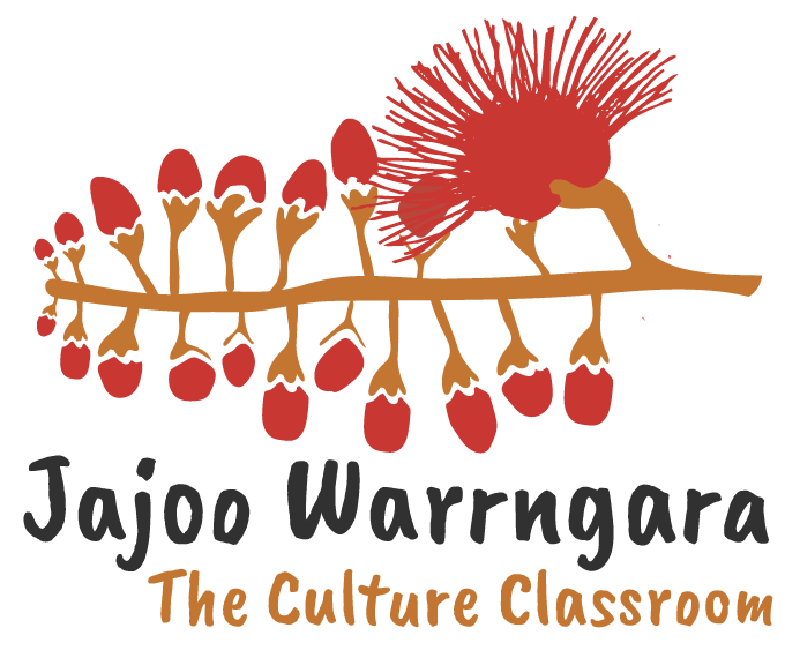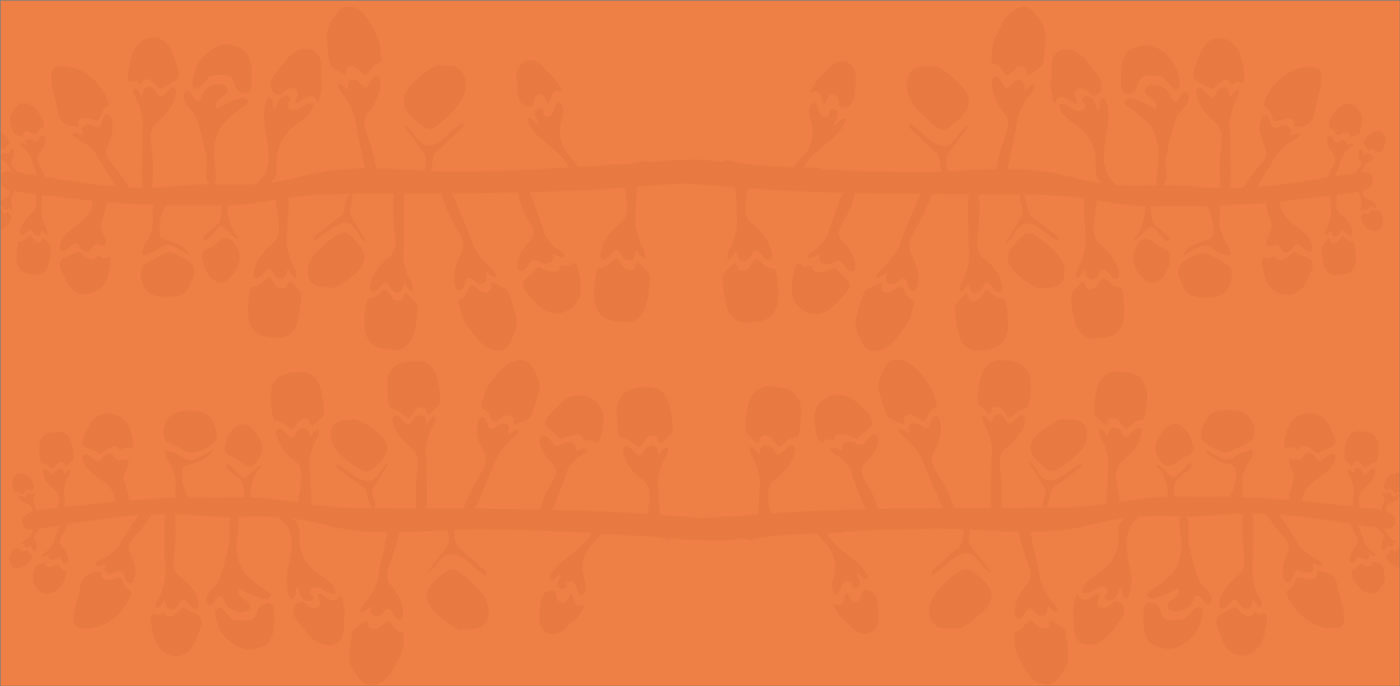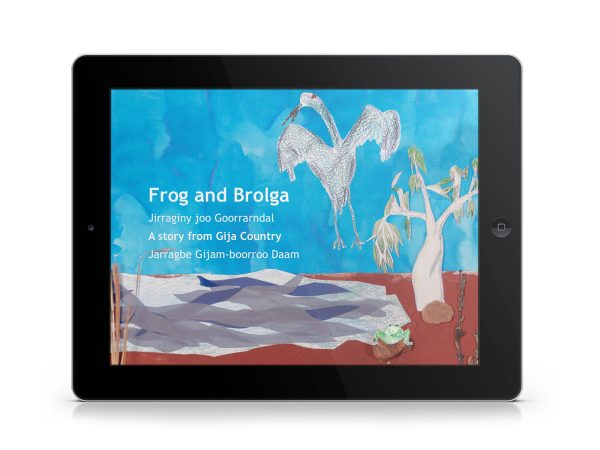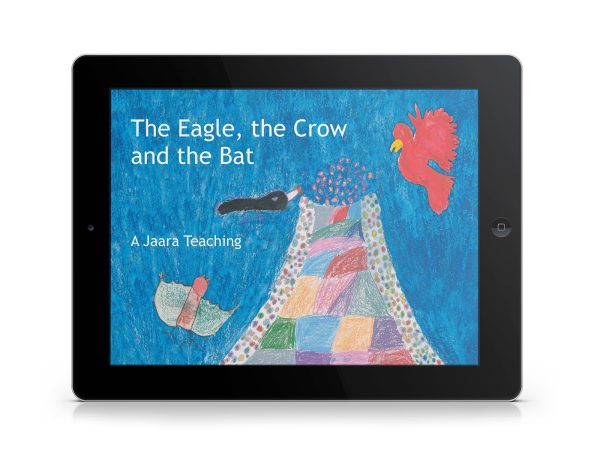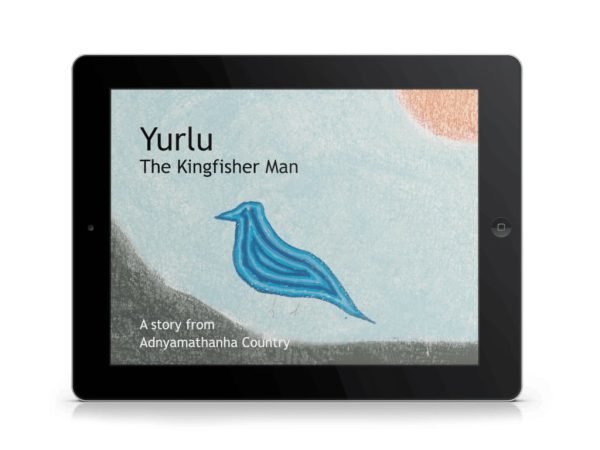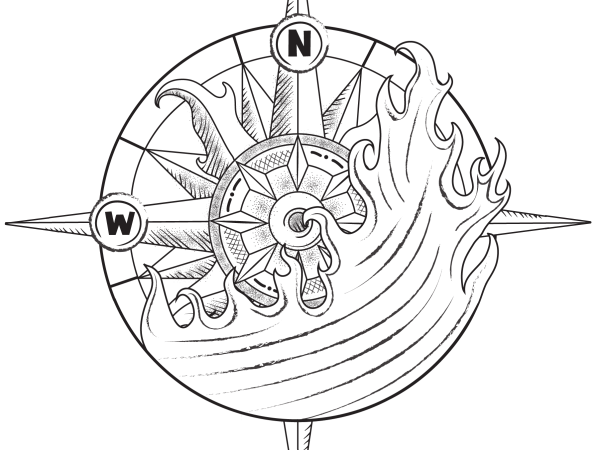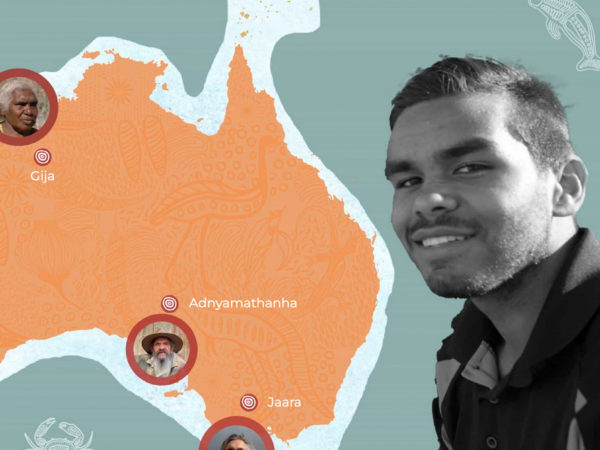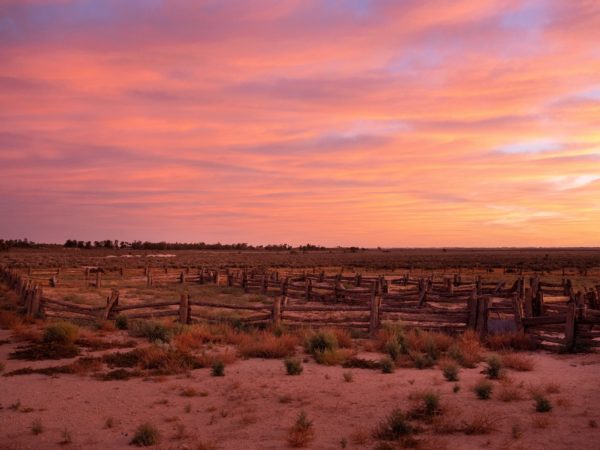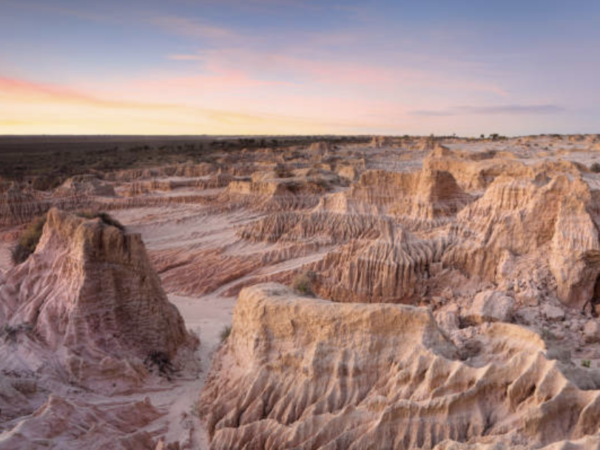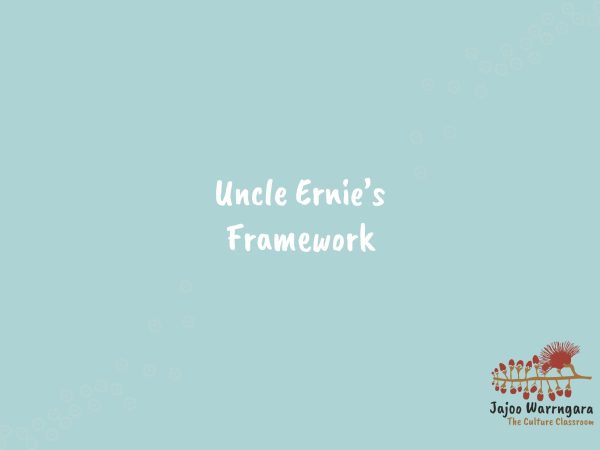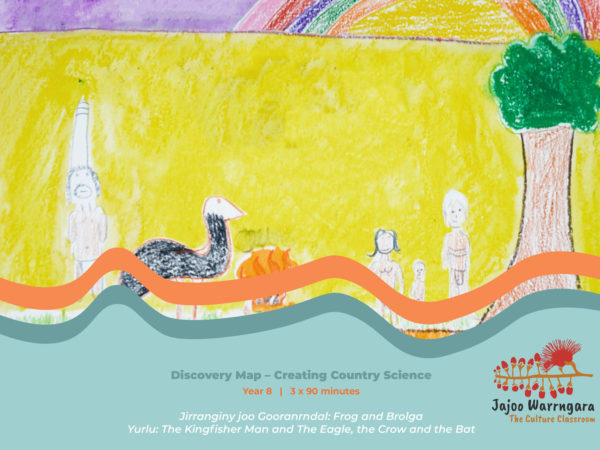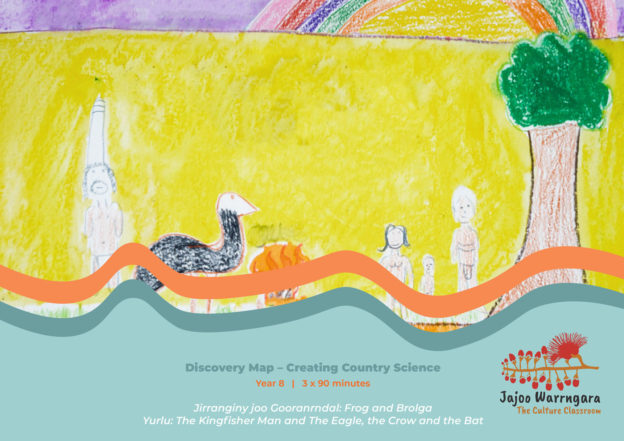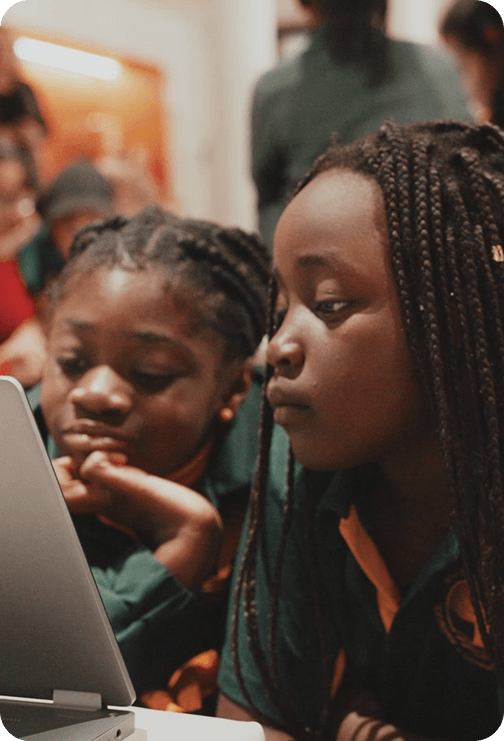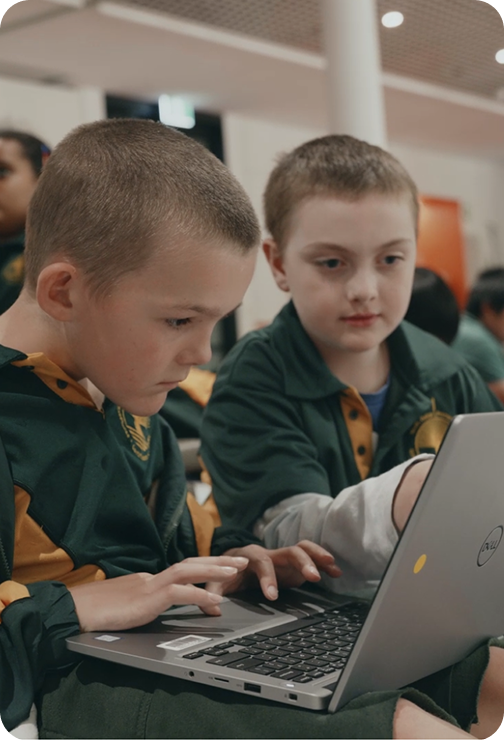Learning Areas
English | Science | Aboriginal and Torres Strait Islander Histories and Cultures
In this unit
Students will engage with the Creation Stories of 3 different Aboriginal Language groups throughout Australia. Through their engagement with these Creation Stories, students will develop an understanding of the deep spiritual and cultural knowledge of the Gija, Adnyamathanha and Jaara peoples and how their physical landscape was created. Students will then apply Western scientific knowledge, terms and language to their learning to further understand how these particular Language groups’ Country was formed. Students will represent their learning using a variety of mediums and First Nations knowledge frameworks within inquiry-based models of learning. Students will uncover how ancient knowledge should be valued in modern times and how these significant sites can be co-managed to uphold cultural heritage, values and contemporary custodial responsibilities.
This unit includes:
Learning Areas
Cross Curriculum Priorities
Aboriginal and Torres Strait Islander Histories and Cultures
Related Units
Unit Content
